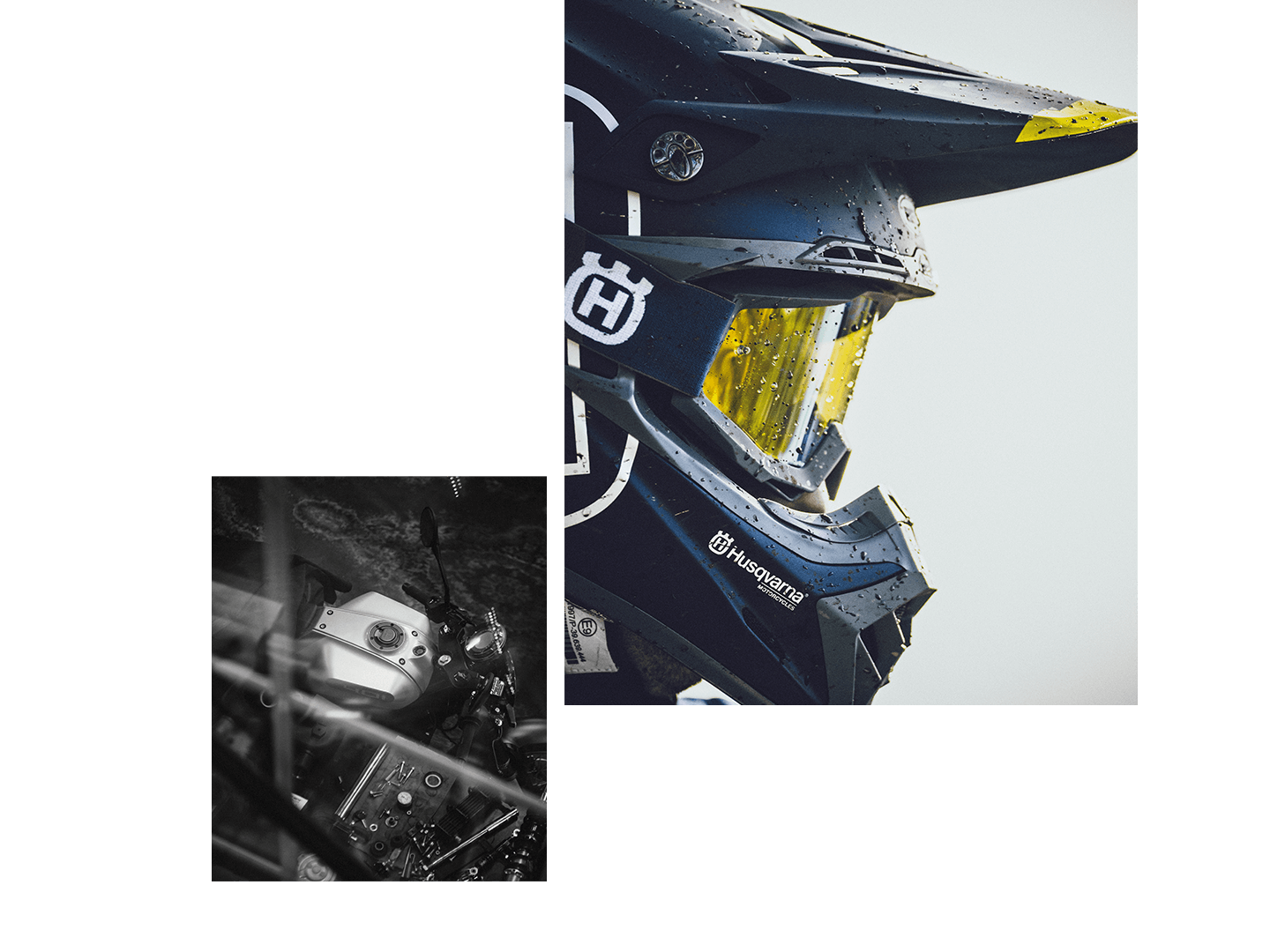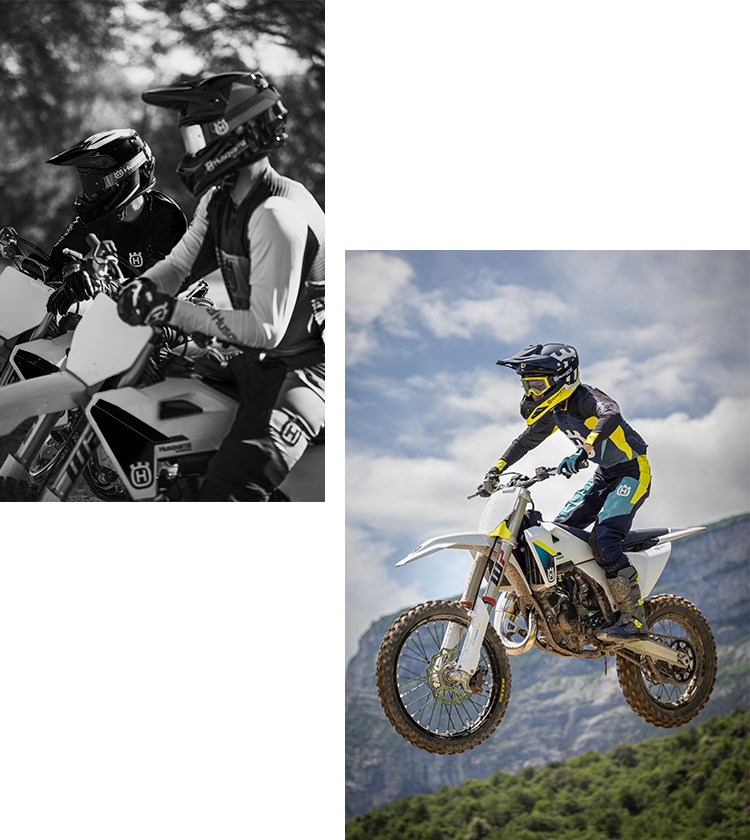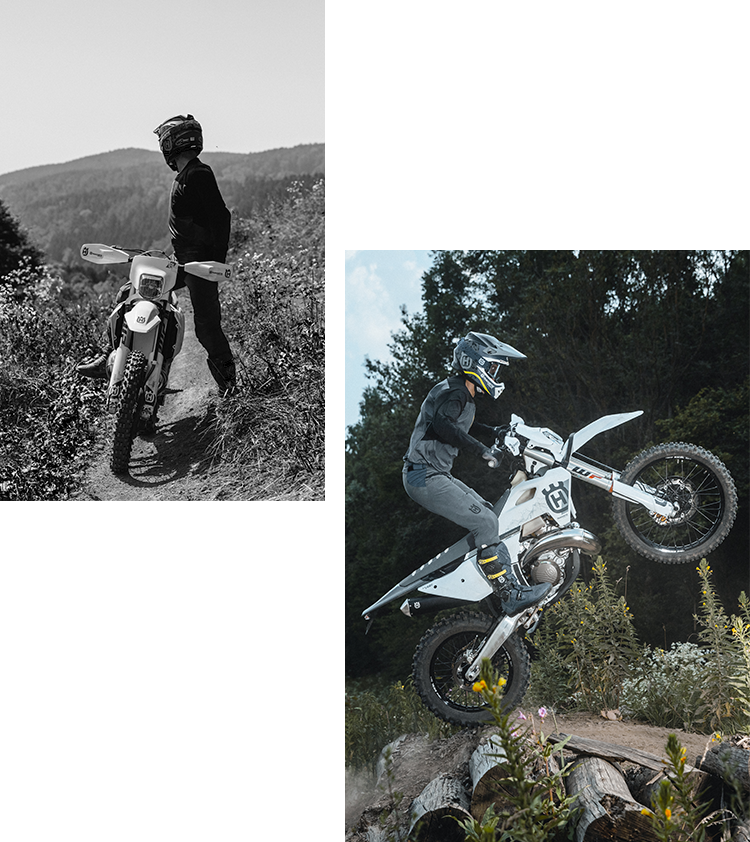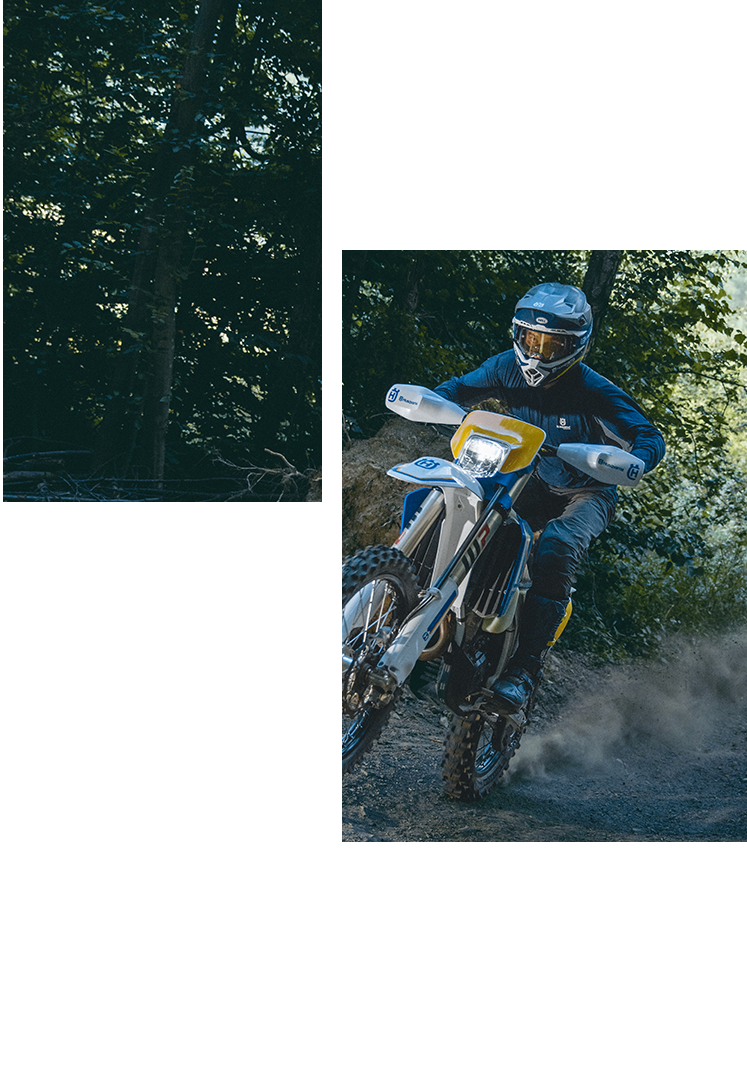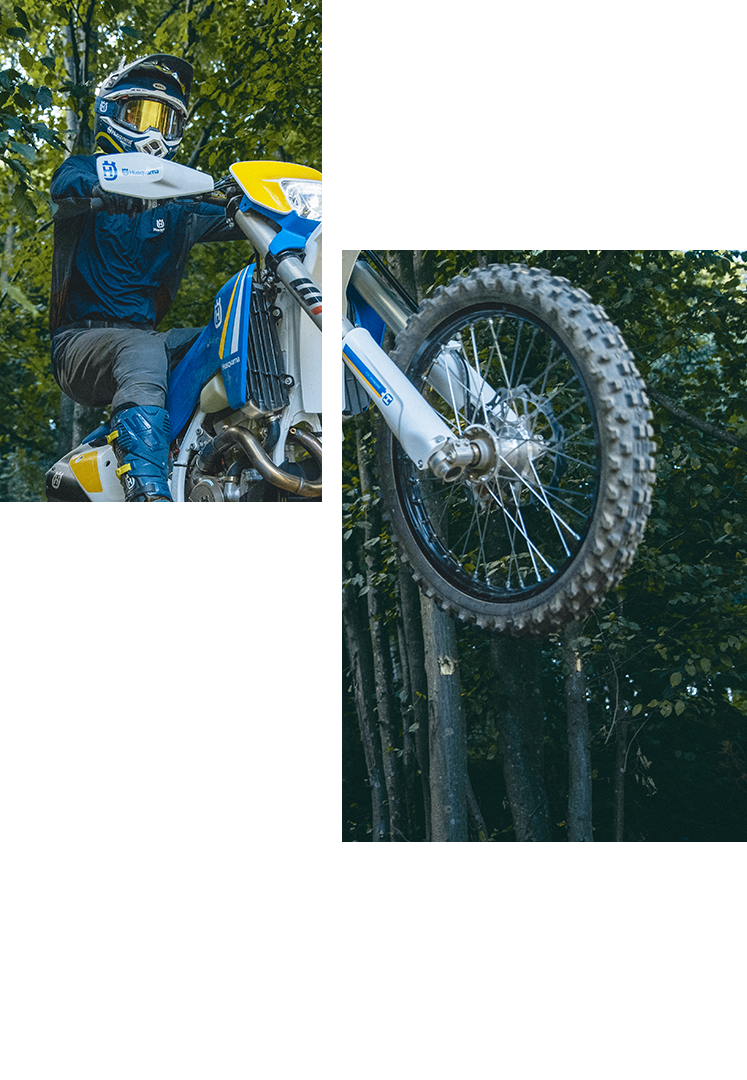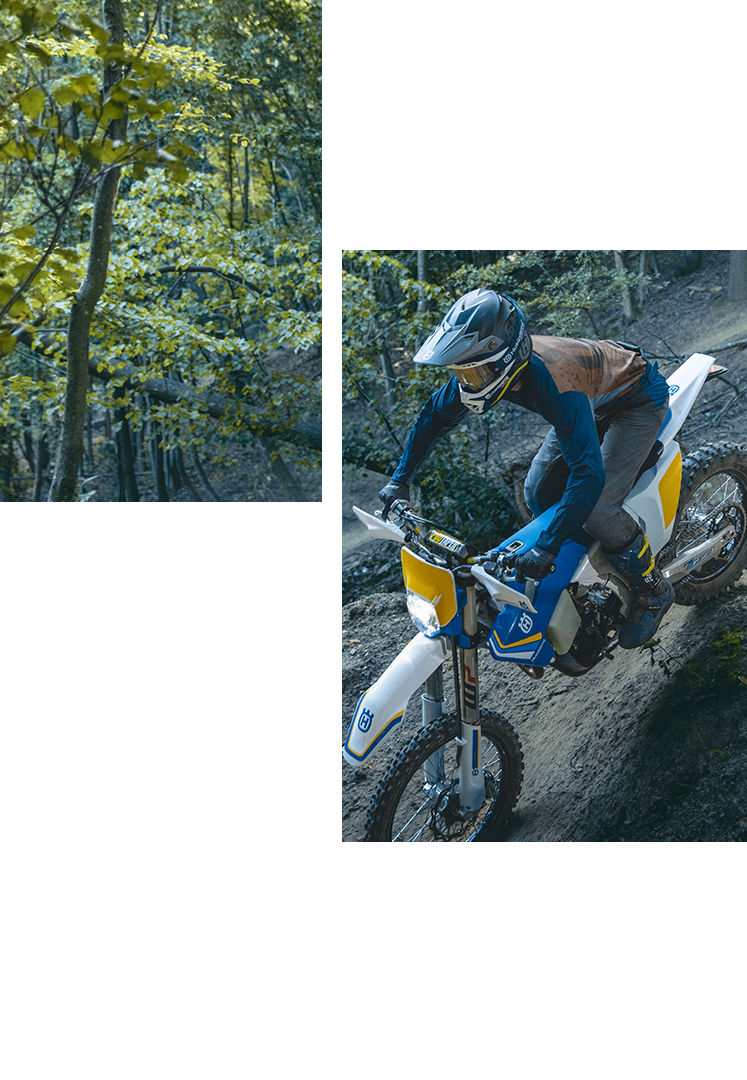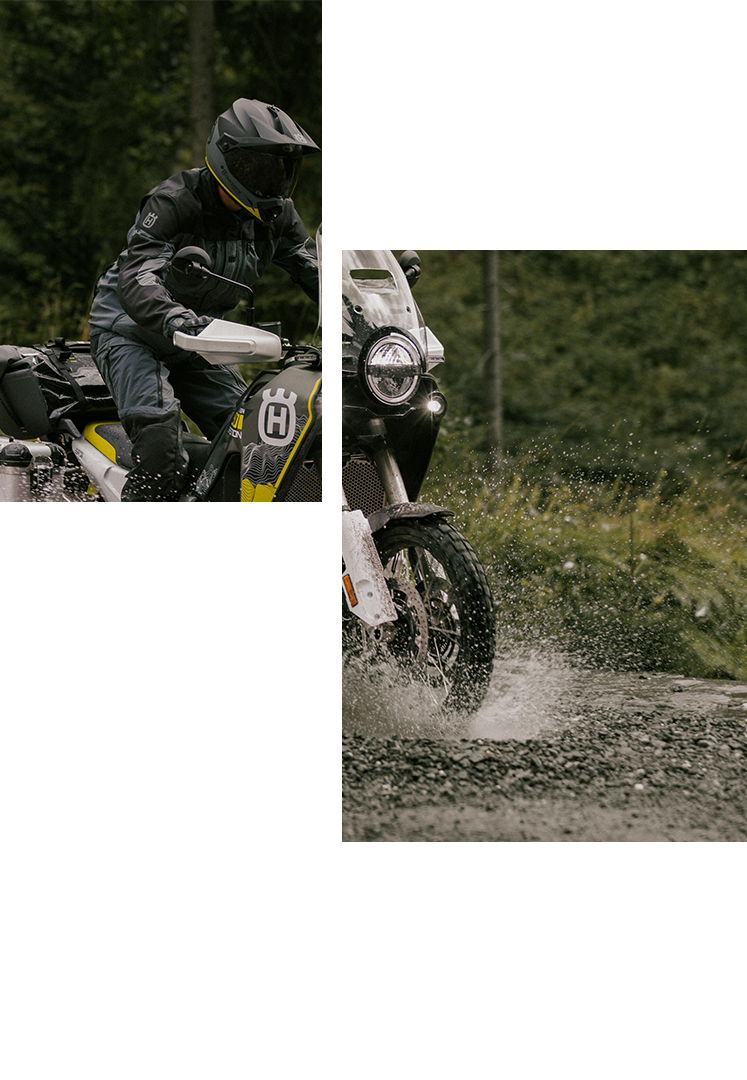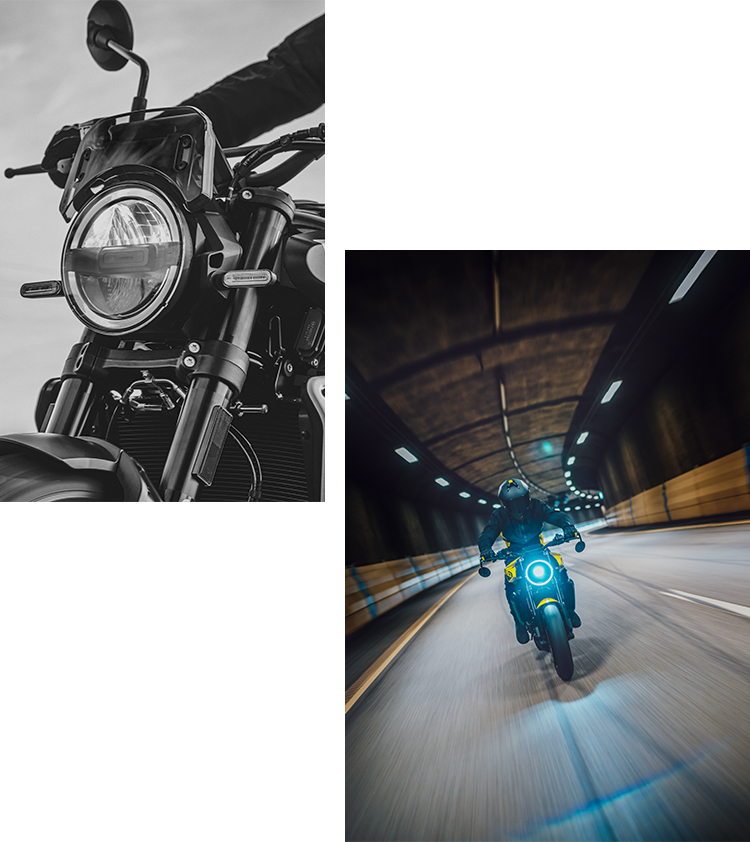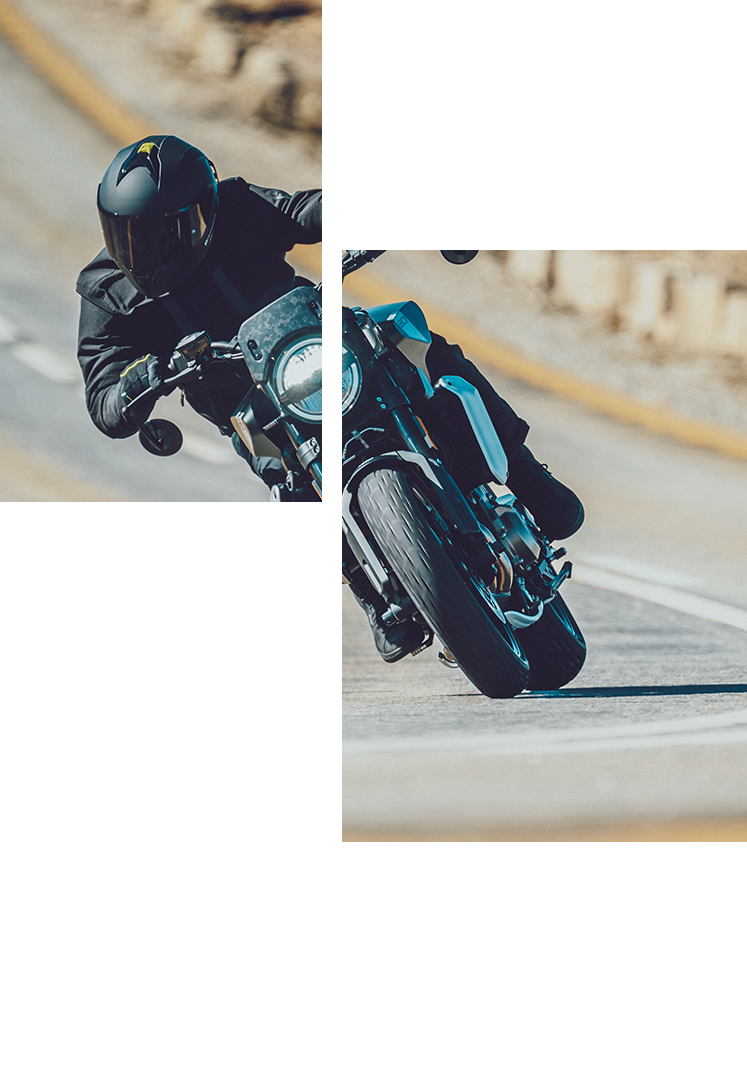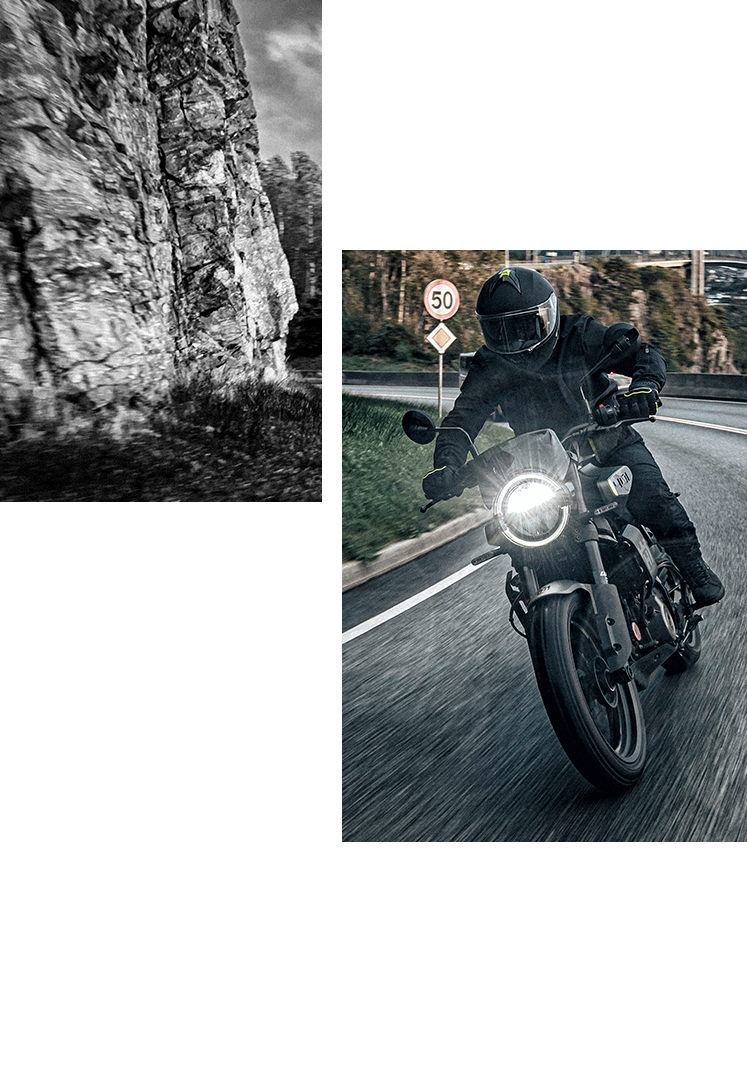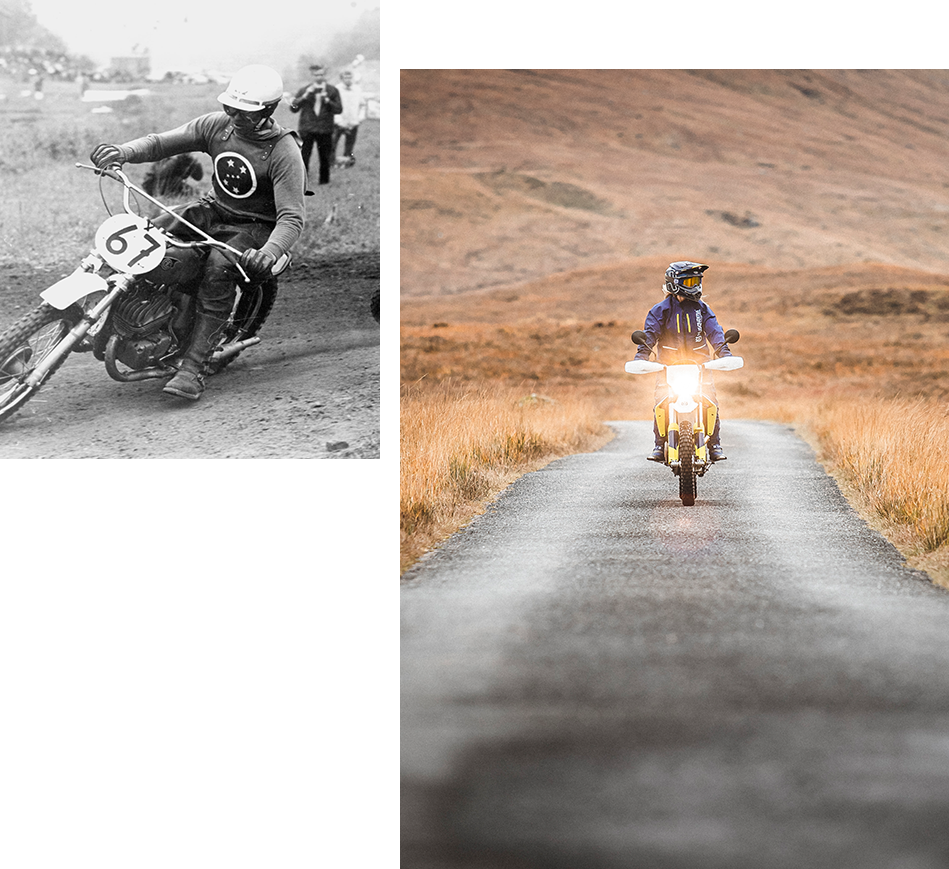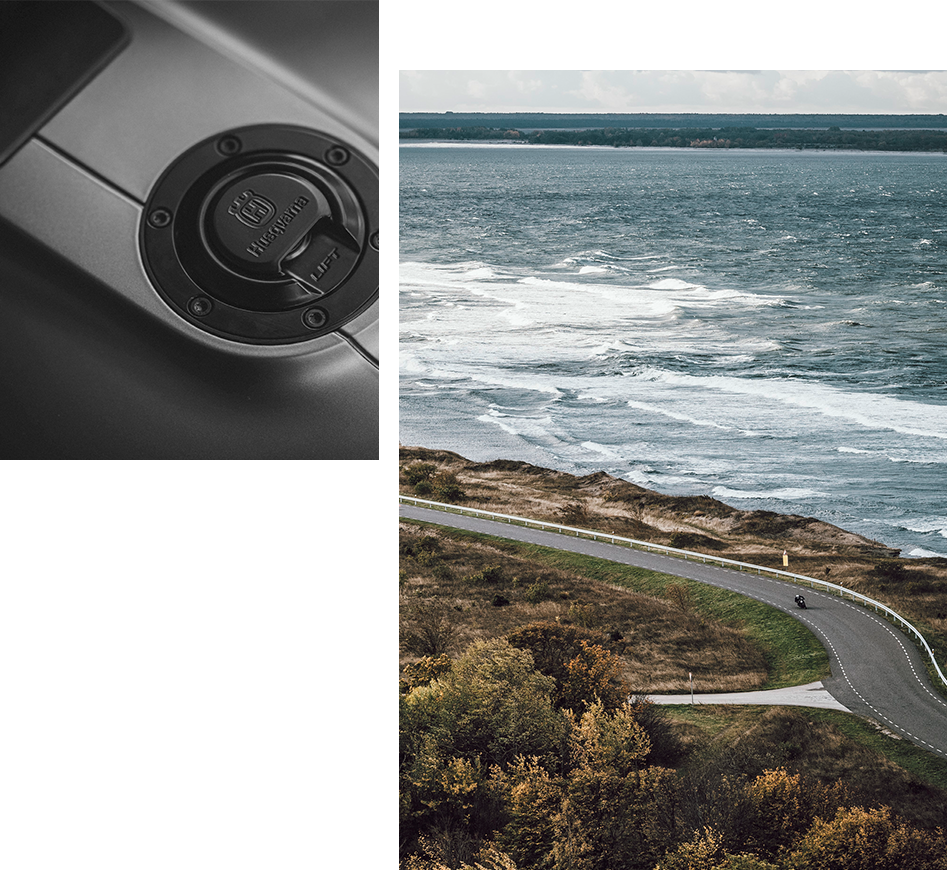Island military hoppers
By Kenneth Olausson
On Sweden's biggest island Gotland, a vehicle inspector was installed on January 1st back in 1907. Two and a half years later, in mid 1909, the first ever motorcycle was registered to a Mr. Gunnar Norrby in the island's capital of Visby. It had the number plate of I1.
It took the military a further five years before the first Husqvarna was delivered to Gotland, from the factory in mainland Sweden. It was a model 70 A and had an engine capacity of 404cc supplied by the French company Moto-Rêve. The performance was a mere three-and-a-half horsepower and the machine left the mainland in December 1914 to be registered at the A7 army quarters in Gotland on the May 1st the following year. The recognition sign (number plate as we call them today) on the front of the motorcycle was I 47.
Two years later the registration system changed on the island and this particular 404cc Husqvarna suddenly had a new number plate, I 10. The military kept this machine until January 23rd in 1924 when it was sold to the "Elektrokompaniet" (yes, the Electro company) for further transportation use. But this was far from the end of this valuable motorcycle. Seven more owners used the 3.5 horsepower bike before it was taken off the registry in 1933.
It is quite possible that there was one motorcycle registered in the military before the initial I 47. The island's Husqvarna trade representative Johannes Pettersson, salesman & dealer in Visby, re-registered a motorcycle for the military as early as 1916, but unfortunately there is no evidence in Gotland of when this machine was registered for the very first time. At the re-registration the number I 14 was used, and evidently this number came from a motorcycle registered back in 1910. However, the story cannot be verified. But one may wonder, if it was re-registered already in 1916, it should have been on the road quite some time before ...
Between the years of 1918 and 1939 there were many Husqvarnas registered in the military field of Gotland. Most of them were sidecar machines as the riders could give officers transportation out into the fields. An example of this was the second motorcycle arriving at A7 in 1923, a Husqvarna with a sidecar. It is a machine specially built for army purposes and had a strong two-cylinder engine that had a performance of eight horsepower. Its registration number was I 107. It was taken out of registry after ten years of use in 1933. Furthermore, a total of 29 Husqvarna machines entered into the Army on Gotland in the twenty years up until World War II.
